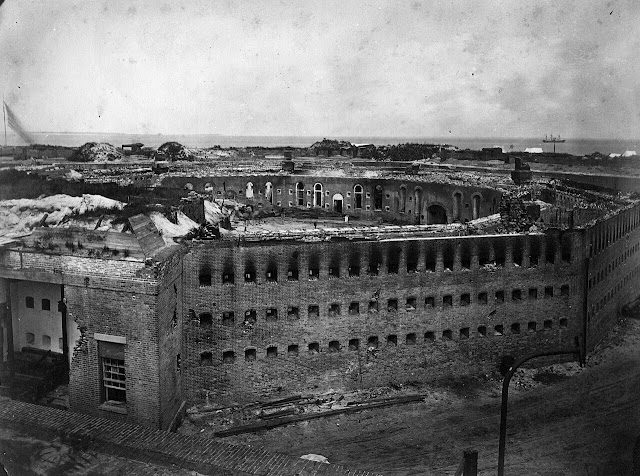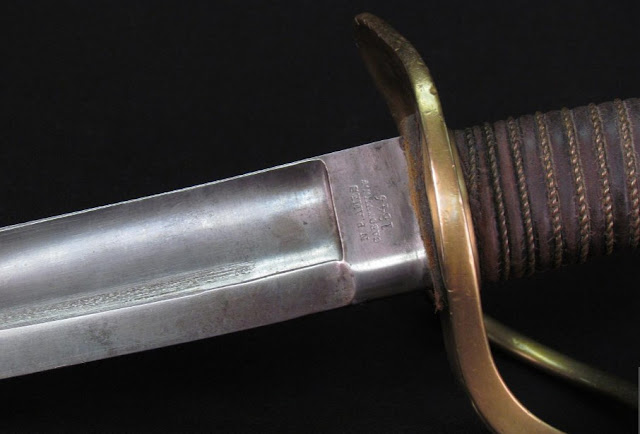Combat and Feral Hogs: A Georgian Remembers the Horrors of Stones River

F or Corporal Walter B. Smith of the 3 rd Georgia Infantry Battalion, the ending of the fighting at Stones River replaced the horrors of combat with a perhaps unexpected menace: a band of roving hogs. His brigade had gone into bivouac in the cedar forest and as “the fighting now ceased for the day on the part of our division we soon found that we had a far different enemy to contend with- a drove of wild hogs had commenced to devour the dead and wounded,” Smith recalled in 1902. “They seemed perfectly crazed by the taste of human flesh. The writer saw several fighting over the arms and entrails of the dead. The wounded and dead were soon gathered up and it was necessary to put guards around them with fixed bayonets in order to keep off the hogs.” Confederate burial details started work that night, in part to get the bodies underground before the hogs could get at them as Smith observed. Corporal Smith’s gritty memoir of Stones River first saw publication in the June 15, 1902, edit...





